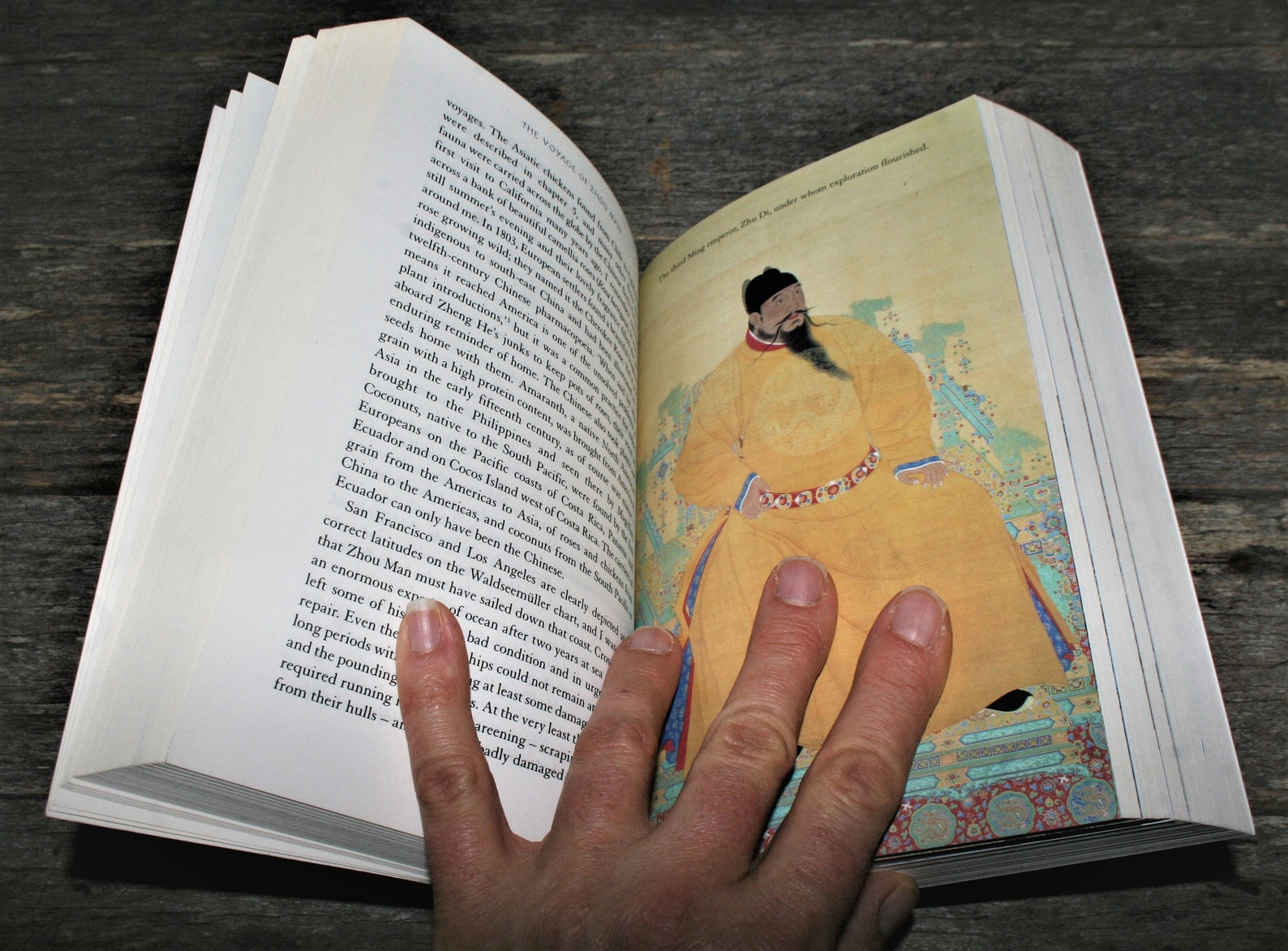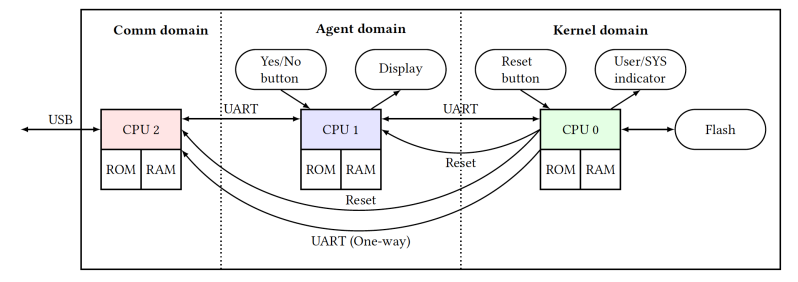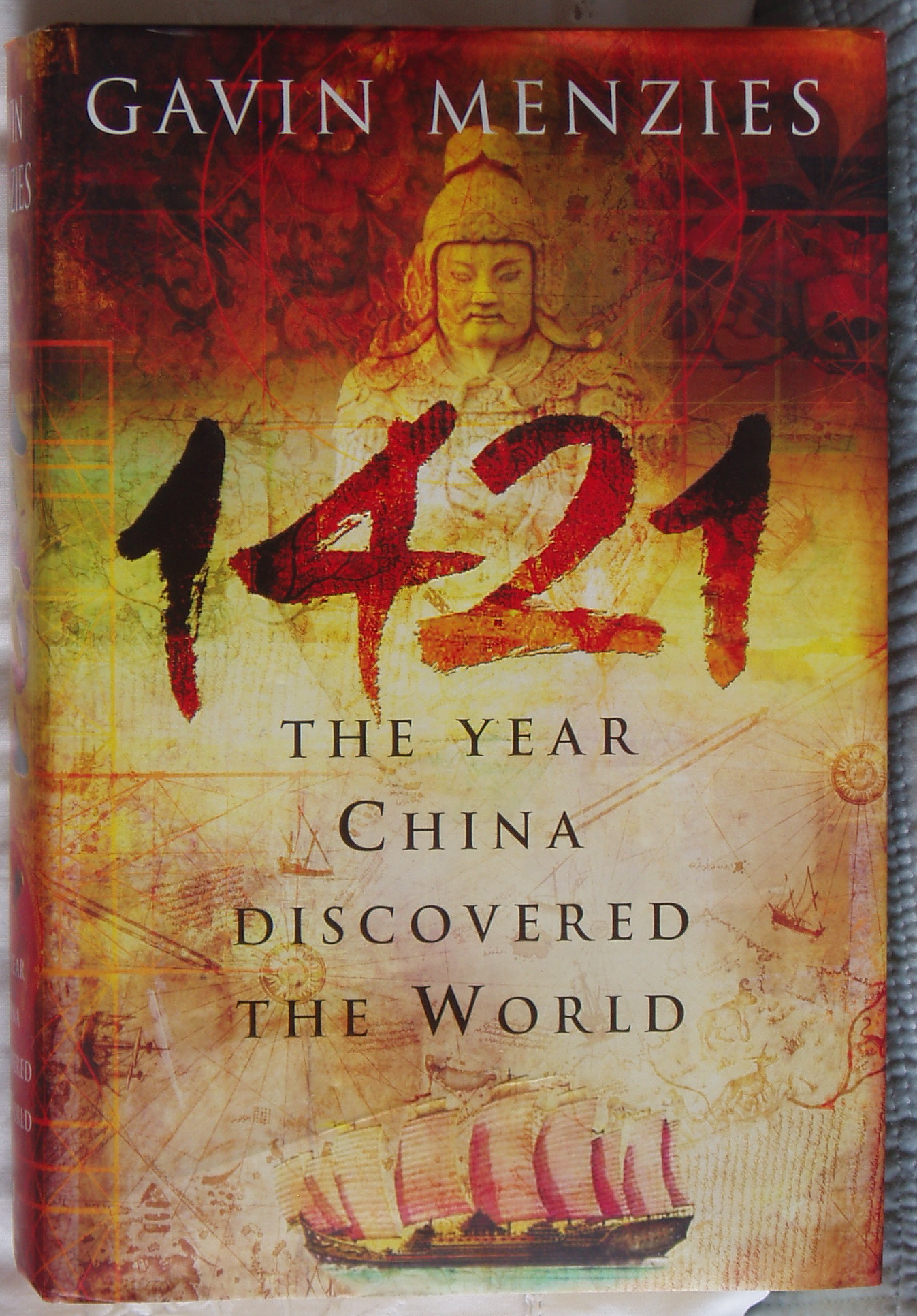
Menzies said there were about 30 to 40 ancient Chinese charts but none of them showed the world as completely as "The Integrated Map of the World of Zheng He.On, the largest fleet the world had ever seen set sail from China. "The Venetians say this map was a copy of a Chinese map," he said. "You have a Venetian map showing Alaska and North America long before Europeans got there," Menzies stressed. Menzies said parts of the Chinese map, including North America and South America, also appeared in a world map published in Venice before 1428. Menzies said the paper and ink was now being carbon dated by researchers at Cambridge University in Britain and University of Waikato in New Zealand.

Menzies showed a photograph of the map to the Shenzhen Daily, but said the map couldn't be publicly shown until the results of carbon dating are announced Jan.

The map includes North America, South America, Australia, New Zealand, Asia, Europe and Africa. "The name of the map is 'The Integrated Map of the World of Zheng He,'" Menzies said. Menzies also gave as evidence of the Chinese in America 71 years before Columbus a 15th century map of the world found by a Chinese lawyer in Beijing about four years ago. "When the first Europeans, Jesuit priests, reached the place, they found the (native Mi'kmaq) people writing in Chinese script," he said. "The history of the native Americans living nearby says that foreign people came in huge ships from their home on the other side of the pole, and they settled down and built the town on the promontory," Menzies said. During an interview with the Shenzhen Daily at his hotel Friday, Menzies showed photographs of the site, where he believed squadrons from the legendary admiral Zheng He's fleets once stayed. His book will be published this coming March," Menzies said. "The site was found by Canadian architect Paul Chiasssion. Menzies said the latest evidence is a Chinese map from 1418 and the ruins of a "Chinese navy base" in Nova Scotia, Canada where he spent two weeks this year. He presented the new findings during his Reading Month lecture in Shenzhen on Saturday.


Gavin Menzies, author of the best-selling and controversial "1421: The Year China Discovered America," claimed two more major pieces of evidence to prove his theory.


 0 kommentar(er)
0 kommentar(er)
